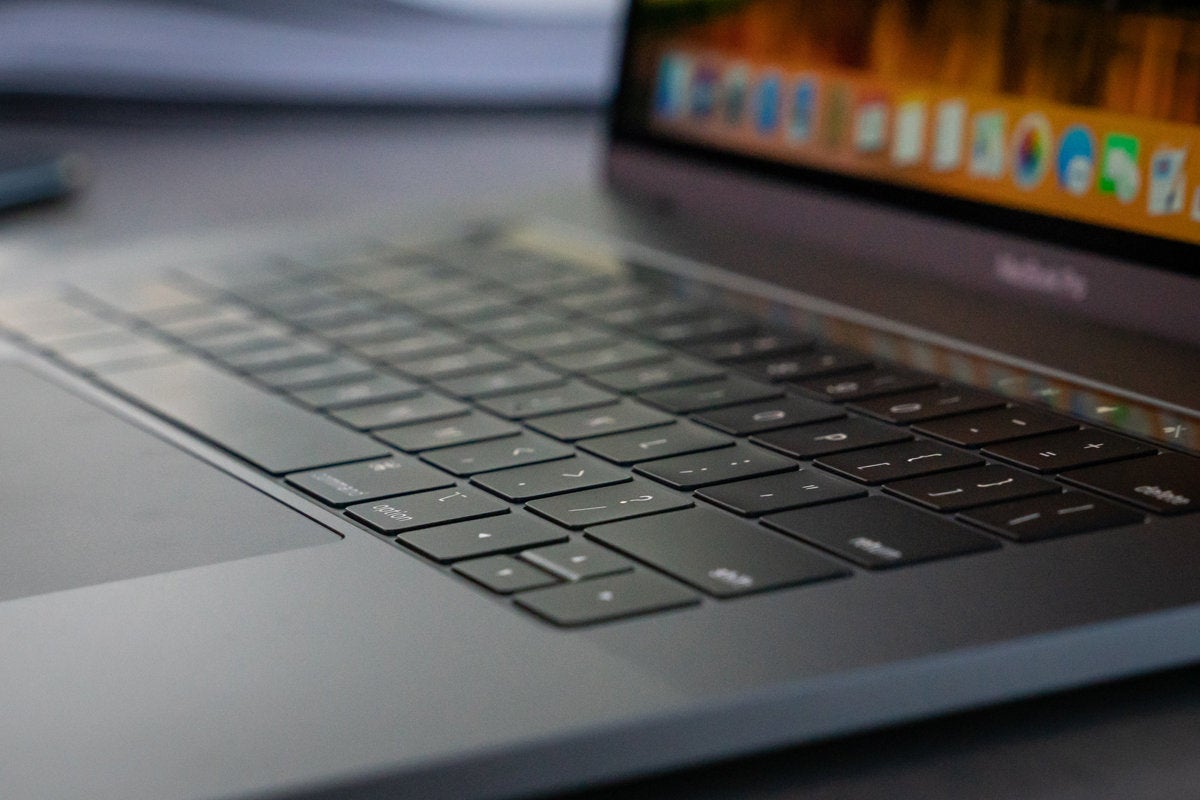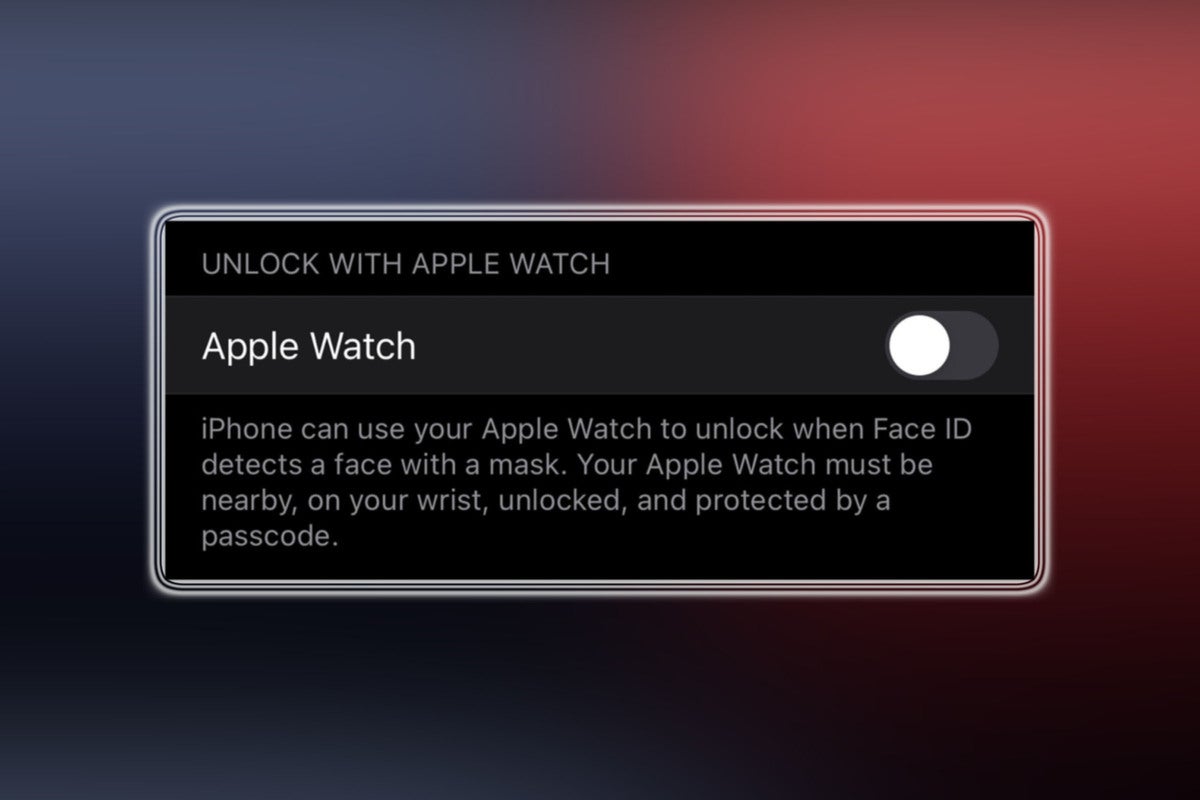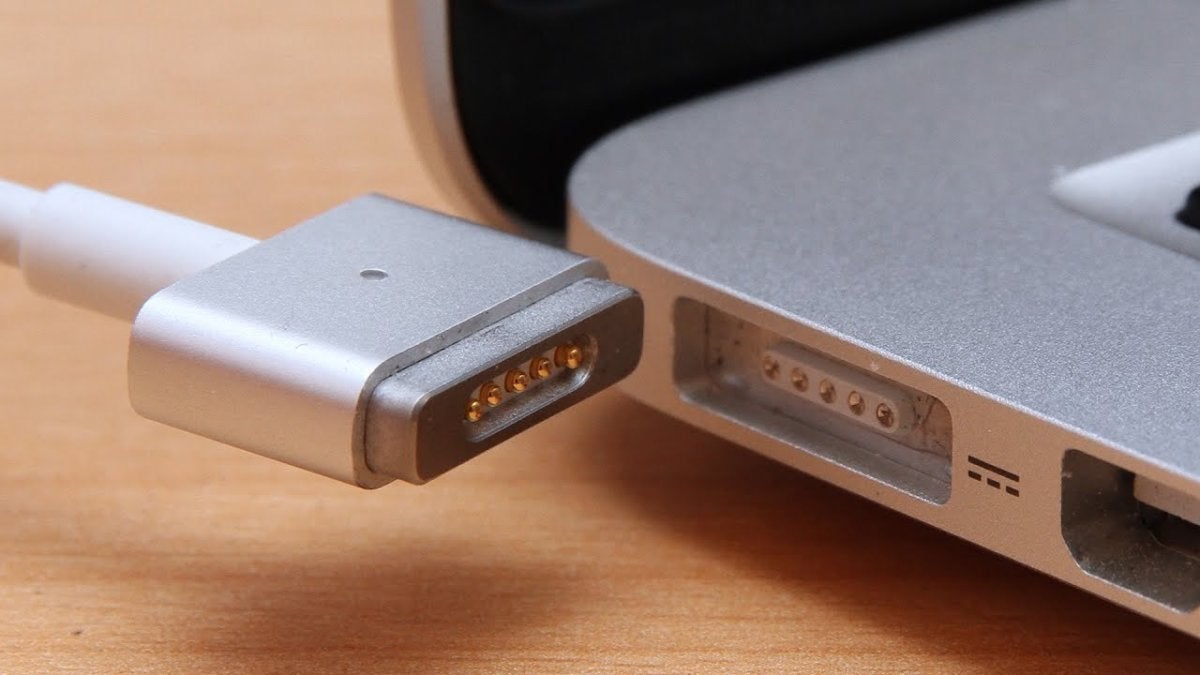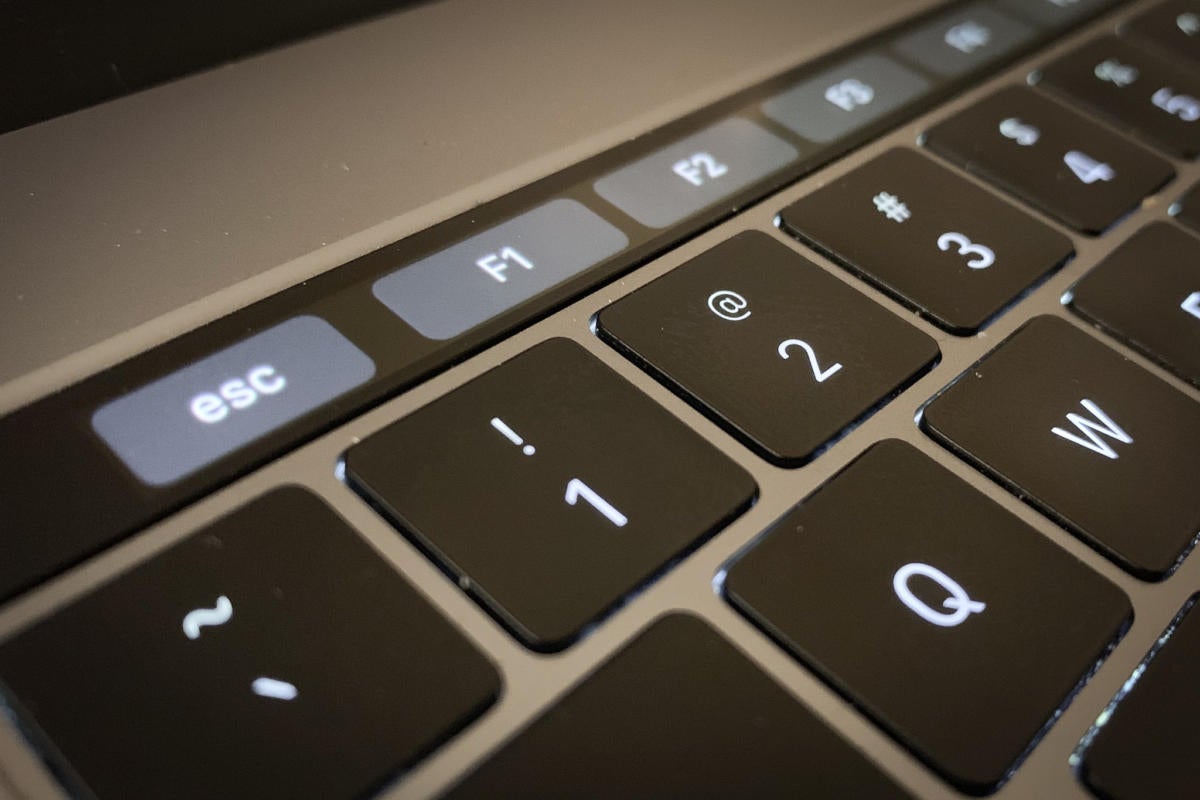2021 could be the year Apple fixes everything and changes its image forever
- 08 February, 2021 23:00

For all the great and revolutionary products and features Apple has released over the years, there are just as many head-scratching decisions that have taken away or ruined things we love. They're usually gone forever, like USB-A ports or headphone jacks, but every so often Apple hears our wails and reverses course.
It happened most recently with the butterfly keyboard. Way back in 2015, Apple shifted away from its very excellent scissor-switch keyboards to a proprietary "butterfly" model that was thinner than its predecessor. Apple claimed it was superior, but unhappy users loudly complained about the keyboard, which was so prone to sticking and unresponsive keys that Apple launched a service program that extends to every butterfly MacBook ever made.
 Dan Masaoka/IDG
Dan Masaoka/IDG
Apple tried for years to convince us that the butterfly keyboard was superior.
Apple finally retired the butterfly keyboard once and for all in 2019 and since then, all of its laptops have switched to the new Magic Keyboard, which is an awful lot like the scissor mechanism of old. Of course, Apple didn't call it a concession, but it certainly seems like one.
As the rumors of upcoming proudcts roll in, it's starting to feel like 2021 might be the year Apple fixes a whole lot more. From OS updates to the MacBook Pro, and iMac, we might have a whole lot less to complain about once the calendar changes.
Little fixes make a big difference
It starts with the upcoming iOS 14.5 update, which just arrived as a public beta last week. Along with new privacy features that target third-party ad tracking and dual-SIM support for 5G networks, the update will bring three important fixes that even new users will appreciate.
iOS 14.5 brings a surprising number of major fixes. First, it will let you unlock your iPhone with Face ID while wearing a mask—provided you also own and are wearing an Apple Watch. Secondly, it rotates the Apple logo when restarting your iPad while it is docked in landscape orientation. And third, it brings AirPlay support for Fitness+, so you can stream workouts from your iPhone or iPad to any AirPlay 2 device.
 IDG
IDG
In iOS 14.5, you'll be able to unlock your iPhone while wearing a mask if you're wearing an Apple Watch.
These aren't groundbreaking ideas. Using your Apple Watch to unlock your iPhone is something Mac users are already able to do and a feature Android user have enjoyed for many years. The Apple logo on the iPad is basically a punch line. And Fitness+ absolutely should have had AirPlay 2 support when it launched in December.
But it shows that Apple is paying attention, that it cares about getting things right, even after a long period of getting it wrong. Rotating the Apple logo is a hint that Apple finally gets that the iPad is best used as a landscape device and not a portrait one. Perhaps it'll even rotate the logo on the back and change the position of the selfie cam.
It's not so much about details as it is about attention. 2020 was a tremendous year of Apple releases culminating in the M1 Macs, but even with small moves like these, Apple could make 2021 just as monumental.
Look but don't Touch
While the changes in iOS 14.5 are certainly welcome, Apple's hardware could bring even bigger fixes. According to rumors, Apple will be releasing new MacBook Pros and iMacs with M1 chips this year, but they might be bringing a whole lot more than speed.
Along with a new laptop design, Apple will reportedly be bringing back MagSafe and a SD card reader, adding USB-C ports, and removing the Touch Bar from its flagship pro line of laptops. That would instantly solve the biggest pain points longtime users have with the recent MacBooks while also signaling a serious shift in Apple's thinking.
 IDG
IDG
MagSafe might be coming back in 2021.
Apple already revived the MagSafe brand with the iPhone 12, but it would still be something of a surprise to bring it to the Mac. It's not even a matter of what it would look like, whether it would be a break-away USB-C port or a reverse-charging mechanism for the iPhone, or a new charging method entirely, but it will no doubt be cheered by anyone who remembers their old PowerBooks. The same goes for a SD card reader, which hasn't been seen on a MacBook since 2016.
Softening of the hard line
But while MagSafe and an SD card reader would be surprising returns to the Macs of old, removing the Touch Bar from the MacBook would be a U-turn of epic proportions. There's no real way to spin it other than for Apple to admit it made something that people don't like. It would be like if Apple decided to add a headphone jack to the iPhone 13 or an ethernet port to the MacBook Air.
And like the subtlety of the rotated iPad logo, the removal of the Touch Bar could also signal an evolution of the Mac. It's one thing to change the keys, but it's another entirely to dump the feature Apple called "a breakthrough," "brilliant," and "groundbreaking." Removing the Touch Bar would both fix one of the biggest annoyances with the MacBook Pro and represent a fundamental rethinking of how Apple expects us to use our Macs.
 Leif Johnson
Leif Johnson
Removing the Touch Bar would be an epic mea culpa from Apple.
It may be something of a step backward, but it's also a giant leap forward for the company. Apple doesn't like to admit it's wrong, but 2021 is shaping up to be a giant mea culpa. We can even see Apple's softer line in other areas, like the reduced App Store commissions that took effect in January and the quick increase on the credit offered when returning the M1 Mac developer kit (from $200 to $500) after a torrent of complaints last week.
Altogether, it could be the start of a best-of-both-worlds situation, where Apple both makes the incredible products it thinks we want and revises the parts that we don't. 2021 could be the year Apple finally sheds its image as a hard-liner that refuses to listen to reason and forces its most devoted users to turn to complicated workarounds all in the name of thinness and stubbornness. Now if only we could get a decent webcam on our MacBooks.





